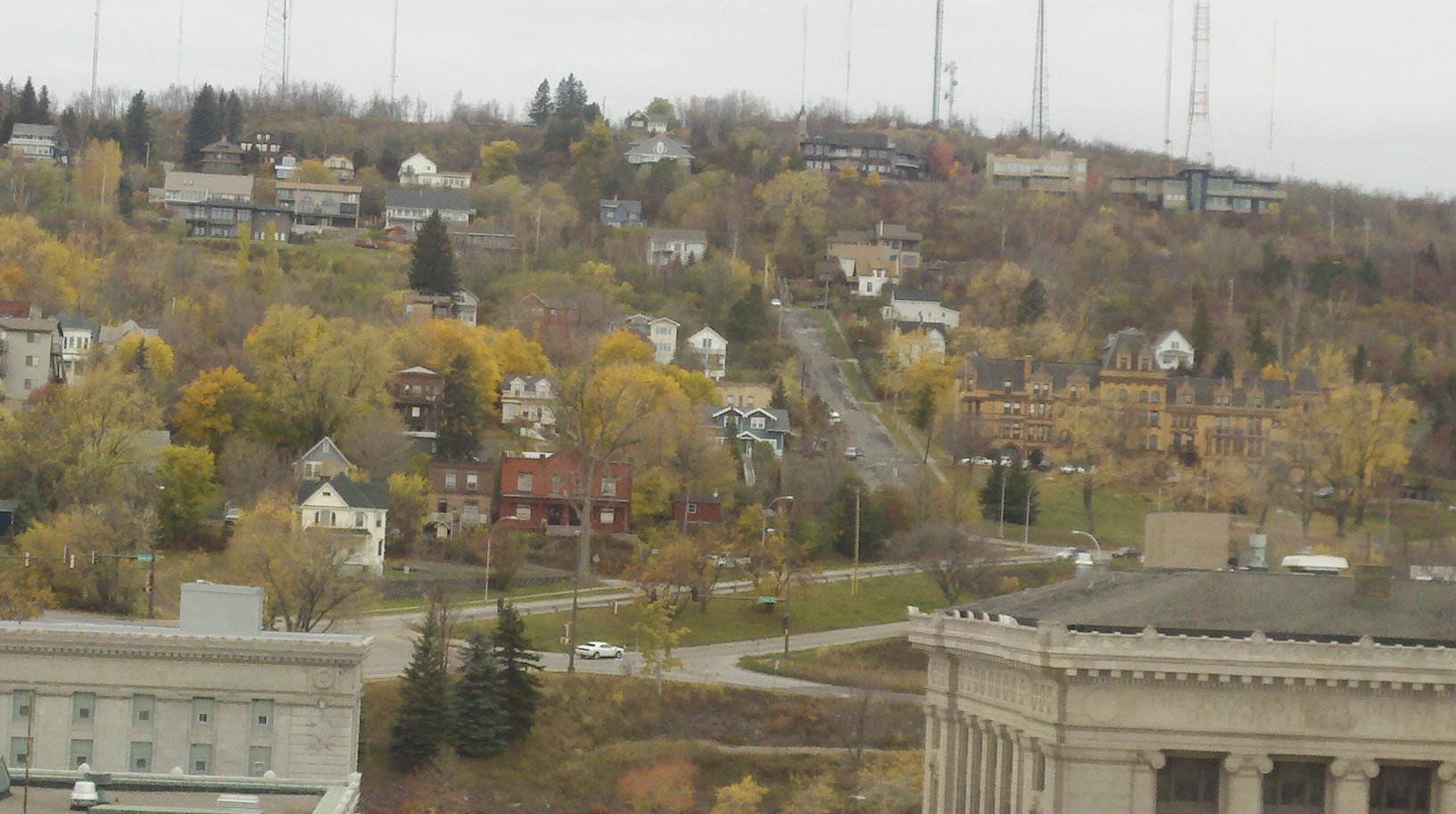
Norwegian novelist Karl Ove Knausgaard traveled from Sweden to Canada recently to trace the Viking trail from L’Anse aux Meadows, the first European settlement in North America, into the United States. Destination: Alexandria, Minn., the site of the Kensington runestone, which may or may not be fake.
He had relatives in Minnesota, he thinks.
He’s chronicling his trip in a series of articles in the New York Times. The second installment appears today.
Bottom line? He seems bored.
Nowhere in the world has shared culture been a more imperative requirement than in America. More than 300 million people live here, and they had descended over the course of a very few generations from a huge number of disparate cultures, with different histories, ways of behavior, worldviews and experiential backgrounds. All of them, sooner or later, had been required to relinquish their old culture and enter the new one. That must be why the most striking thing about the United States was its sameness, that every place had the same hotels, the same restaurants, the same stores. And that must be why every American movie was made after the same template and why, in this sense, every movie expressed the same thing. And that must be why all these TVs were hanging on the walls, unwatched; they created an immediate sense of belonging, a feeling of home.
He met his first Norwegian in Superior, and found it amusing that she was black.
He found the Twin Ports look better at night.
Afterward, Peter wanted to take some more photos of Duluth and Superior, and I drove slowly over the long bridges that connected them above the port area while he took shot after shot through the open window. The sky was gray, the concrete was gray, the snow that pressed against the side of the road was gray, and the landscape that spread out beneath us, full of warehouses, cranes, silos, fences, access roads and quays, and beyond, enormous factories spewing out smoke — all of this was gray, too. I couldn’t believe this was the same magical place we had seen the previous evening, when we emerged from the dark woods and saw those enormous, blinking red towers stretching toward the sky.
In the daylight, we now saw that they were not towers, not skyscrapers, but simply a row of slender antennas, the very plainest kind, for transmitting radio, phone or TV signals.
He found his Norwegian kin in Grafton, North Dakota, where he says he recognized the Protestant work ethic.
Then it was on to Alexandria, and more apparent disappointment:
Back home, thinking ahead to this trip, I imagined Alexandria as a bustling place, densely built and concentrated around its main streets, whereas in reality it was just the opposite, spread out and open and deserted. For some reason, I pictured the museum in the Modernist style, a daring if fairly small building, with the Kensington Runestone standing alone behind glass in an elegant room with a black stone floor. The museum we parked in front of that afternoon looked very different; it could have been a post office or small warehouse. And a gigantic statue, which we now stared at open-mouthed, set in a small park on the other side of the road, was as remote from the Le Corbusier- and Giacometti-esque style that I had unconsciously attributed to the museum as it was possible to get: With its conspicuous wings jutting from the helmet, yellow hair, bulging muscles and fiery red cape, it looked like a big joke.
The sight of the Runestone awakened nothing in him, he writes.
And yet, it was the highlight of his journey:
It felt liberating, because that is what the world is really like, full of insignificant trifles that we use to blunder on as best we can, one by one, whether we happen to be 19th-century immigrants building a log cabin in some forest glade, cold and miserable, longing to sit motionless for a few hours in front of the fire; or a local museum director in a Norwegian children’s sweater; or a crafty Swede, carving runes into a stone and burying it in a field in an attempt to change world history. Or for that matter, an inept Norwegian writer who has spent 10 days on assignment in the U.S. without discovering anything, apart from this.
